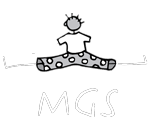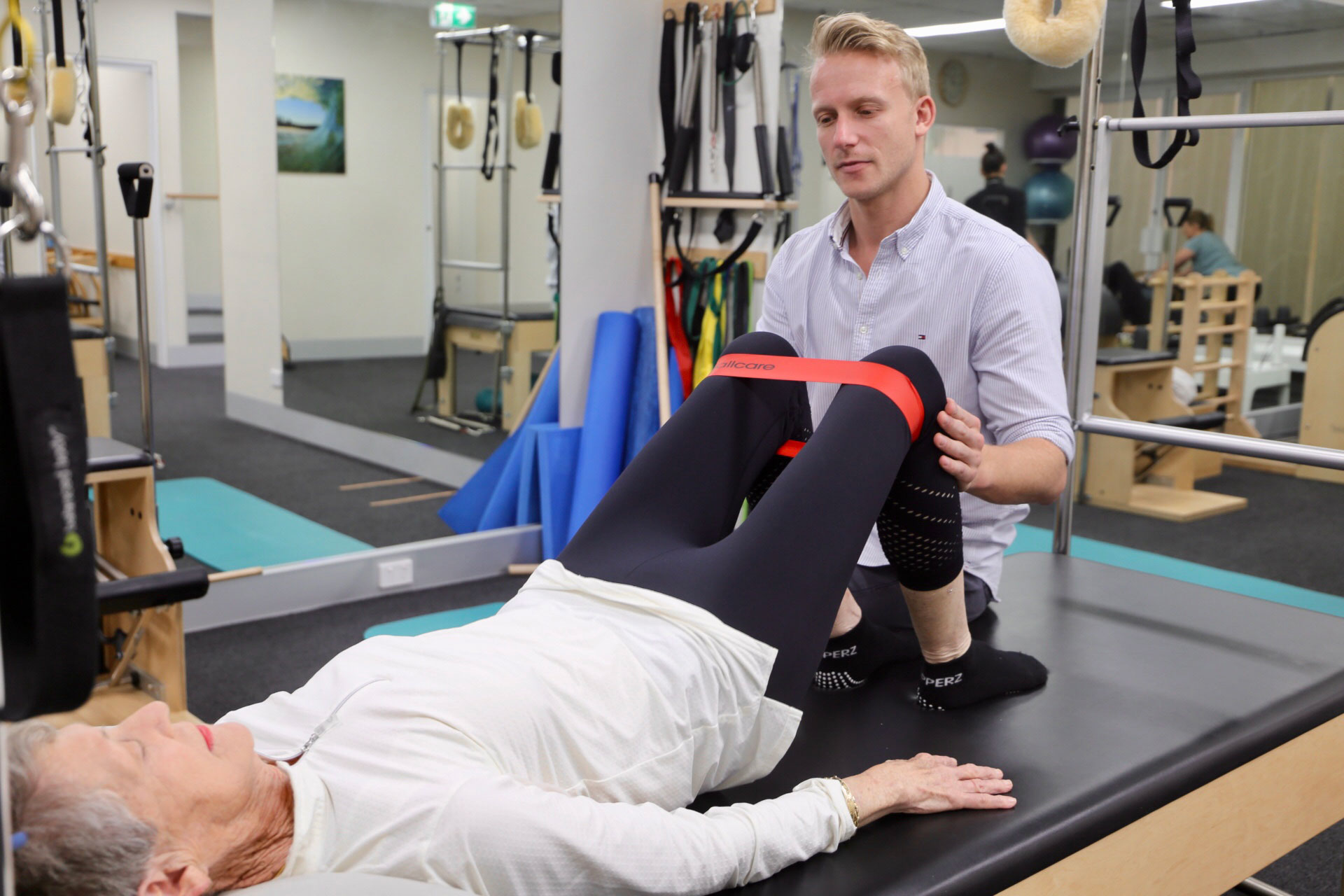Osteoarthritis is a chronic joint disease that causes pain and stiffness.
The condition develops when the cartilage surrounding joints and the underlying bone wears down. This can lead to swelling, pain and mobility problems in the affected area. Bony growths may also occur, which can be a source of discomfort and pain.
Which joints can be affected?
Osteoarthritis is mainly an issue for the weight-bearing joints of the knees, hips and spine. But it can also present in non-weight-bearing joints located in the fingers and thumbs.
Who is likely to be affected by osteoarthritis?
Osteoarthritis is the commonest form of arthritis, affecting around 2.2 million Australians. Three in five people who have osteoarthritis are female. (Source: Australian Institute of Health and Welfare.)
Although it can affect people of all ages, it is more common in those over 40 or people who have had a previous injury.
You are also more at risk if you have other conditions affecting the joints, such as gout, if there is a family history of osteoarthritis or if you are overweight, which can put a strain on the joints. (Source: Health Direct.)
Autoimmune disorder vs. degenerative disorder
Some types of arthritis are considered to be “autoimmune arthritis.” This is where a person’s immune system turns on itself, causing joint inflammation. This leads to pain, stiffness and problems with mobility. Rheumatoid arthritis and juvenile arthritis are two examples of autoimmune arthritis.
Osteoarthritis, however, is a degenerative disorder. It happens because the joint cartilage and bone in the affected area have broken down, often due to a person’s age, although it can also occur following injury.
Both types of arthritis can be very similar, but there are certain key differences. For example, with rheumatoid arthritis, you would have symptoms on both sides of your body at any one time, while osteoarthritis does not follow such a symmetrical pattern.
How does osteoarthritis affect day-to-day activities?
The pain and lack of mobility associated with osteoarthritis can mean that it is difficult to walk if your knee or hip joints are affected or to make certain manoeuvres such as getting in or out of a car.
If you have osteoarthritis in your fingers or thumbs, doing things as basic as writing or using keys can be difficult and painful.
Osteoarthritis also has a psychological impact on patients, and mental distress is, unfortunately, common. Evidence shows that up to 50% of people with osteoarthritis will suffer with depression at some point. (Source: Lin et al., 2003)
Treatment approaches
Osteoarthritis is a long-term condition, so it’s something that patients have to live with. But rest assured that there are several ways to manage it so you can live as full and active a life as possible.
Self-help can be effective if you are only affected mildly. Examples of this are losing weight to relieve strain on the joints and starting a gentle exercise regime.
You can wear supportive footwear if you suffer from osteoarthritis in the weight-bearing joints such as hips, knees and feet, or braces to support your affected joints.
Specially prescribed painkillers or even surgery to replace or repair joints may be necessary in severe cases of osteoarthritis.
Weight loss
A large prospective cohort study found that 70% of joint replacements are attributed to weight.
Researchers estimated that if study participants were to reduce their weight by 5 kg to fall within the normal BMI range, 25-50% of all knee replacements could be avoided.
However, researchers also discovered that fewer than 8% of osteoarthritic patients are actively trying to lose weight as part of their treatment. Only 0.8% are referred to dieticians, while 81.7% are referred to physiotherapy. (Source: NSW Agency for Clinical Innovation).
Alternative pain relief
Studies have found that turmeric and boswellia formulations are statistically more effective than placebo for both pain relief and overall functional improvement in osteoarthritis patients.
A systematic review and meta-analysis of 11 randomised controlled studies involving 1009 participants confirmed this. (Source: Bannuru, Osani, Al-EID, Wang, 2018)
Exercise
Exercise and physiotherapy can provide osteoarthritic patients with both pain relief and improved function.
High-quality evidence found that among people with knee osteoarthritis, exercise therapy improves quality of life and provides immediate and moderate pain relief. The study showed a 12% improvement in pain and a 10% improvement in function (Source: Fransen et al., Systematic Review, 2015)
In sedentary knee osteoarthritic patients, exercise was also found to have positive effects on pain and function. Dynamic exercise was preferred over static exercises. (Source: Vignon et al., 2006)
In a study of 206 patients with hip and knee osteoarthritis, participants performed nine physiotherapy sessions and attended an exercise program three times per week. The results showed:
· There were improved scores on the WOMAC (Source: Abbott et al., 2013)
· The improvements from manual therapy were significantly better (81%) than from the exercise program (50%)
· The benefits patients experienced from manual therapy were maintained at the 29-week follow-up, similar to results found in another study conducted by researchers French et al. (2013) and Hoeksma et al. (2004)
· Aerobic exercise was more appropriate in mild-to-moderate osteoarthritis
· Resistance exercise was found to be more tolerable in moderate-to-severe osteoarthritis
· High resistance exercises were not better than low resistance
The MSG exercise and care program
If you need some help managing your osteoarthritis, a physiotherapy and exercise program is a great solution.
Special exercises focus on the areas affected by osteoarthritis, making the surrounding muscles stronger, which then helps to reduce pain and encourages the joints to work better.
At MGS Physiotherapy, we offer an osteoarthritis exercise and care program to help you relieve some of the symptoms of this condition and teach you how to manage it yourself.
Your program will start with an assessment to find out how well your joints are functioning. Your therapist will then devise an exercise program specially tailored to your needs.
You will learn targeted exercises that you can continue with at home and will receive regular reviews to ensure that you hit your progress goals.
As part of the program, your therapist will also offer guidance on lifestyle changes to run alongside your exercises.
To know more about taking ownership of your osteoarthritis through our program, reach out to our team — we are happy to help!
CALL NOW TO BOOK YOUR APPOINTMENT


